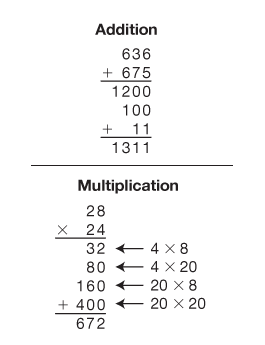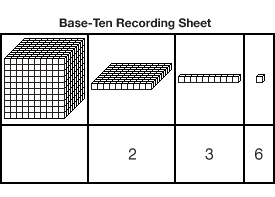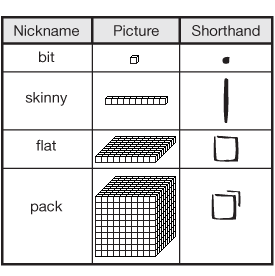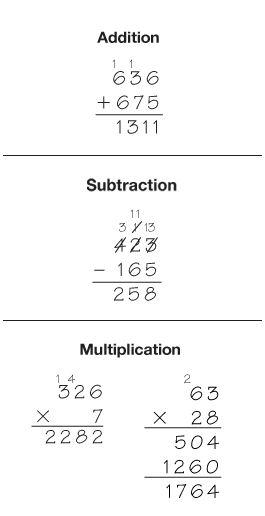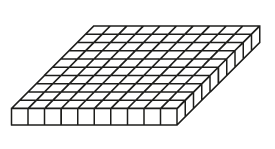Students review place-value concepts and strategies for adding larger numbers. They make connections between the base-ten representations and paper-and-pencil methods for addition and they develop mental math strategies. The goal of the lesson is to improve students' skills and understanding of concepts so they can choose appropriate methods to solve addition problems efficiently and accurately.
Content in this Lesson
- Showing partitions of numbers using base-ten pieces and number sentences [E1].
- Representing addition problems using base-ten pieces [E2].
- Estimating sums [E11].
- Adding multidigit numbers using paper-and-pencil methods (expanded form, all-partials, and compact) [E6].
- Choosing from among mental math, estimation, and paper-and-pencil methods to add [E9].
- Using mental math strategies to add [E4].
Daily Practice and Problems M–P
Assessment in this Lesson
| Assessment | Expectation Assessed |
|---|---|
|
Addition Check-In: Q# 17–20 Student Guide Page 134 and corresponding Feedback Box Teacher Guide - digital |
|
|
Place Value and Addition Quiz with Feedback Box Teacher Guide - digital |
|














